Introduction
Temperature sensors are at the heart of many technological advancements, from safeguarding industrial processes to enhancing comfort in smart homes. Understanding their basics can help industries and individuals make smarter decisions. In this guide, we dive into types, applications, and practical tips for these indispensable devices.
To explore the broader concept of sensors, check out our Introduction to Sensors, which provides an in-depth understanding of various sensor types and their applications.
What Are Temperature Sensors?
Temperature sensors are devices that detect and measure temperature, converting it into readable data. These sensors are used in diverse industries such as healthcare, automotive, and food processing. They come in various types, each catering to specific needs.
Types of Temperature Sensors
1. Thermocouples
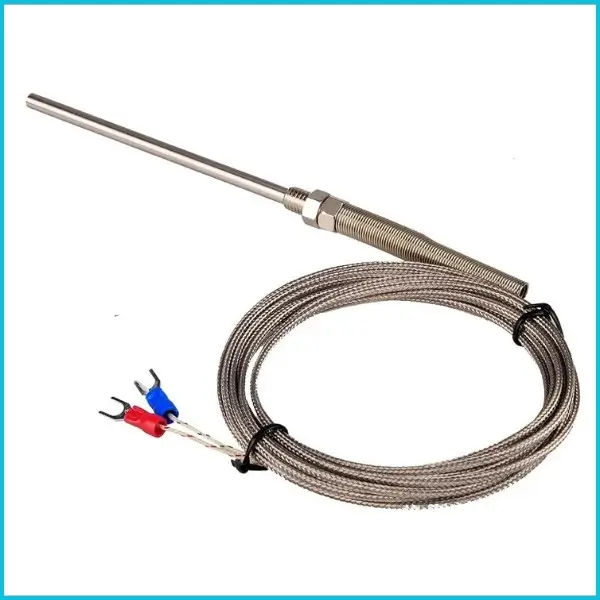
- How They Work: Thermocouples measure temperature by detecting voltage changes between two different metals.
- Applications: Industrial ovens, furnaces, and gas turbines.
- Advantages: High-temperature range, durability.
- Disadvantages: Lower accuracy compared to RTDs.
2. RTDs (Resistance Temperature Detectors)
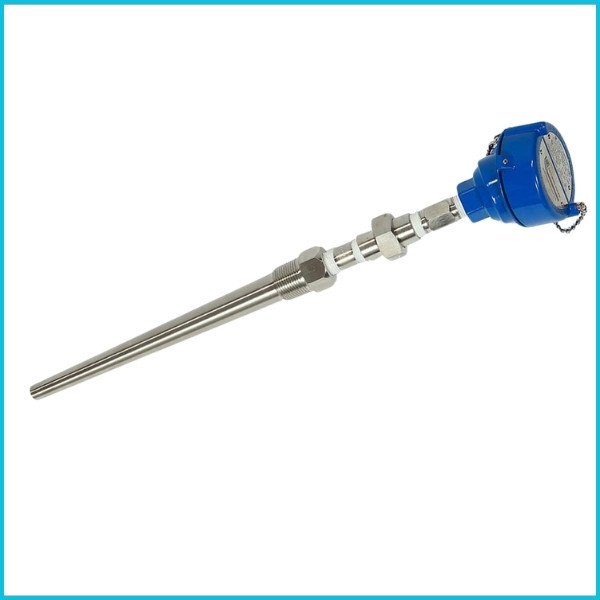
- How They Work: Measure temperature by detecting resistance changes in metal, typically platinum.
- Applications: Industrial and medical devices requiring precise readings.
- Advantages: Highly accurate and stable.
- Disadvantages: More expensive than thermocouples.
3. Thermistors
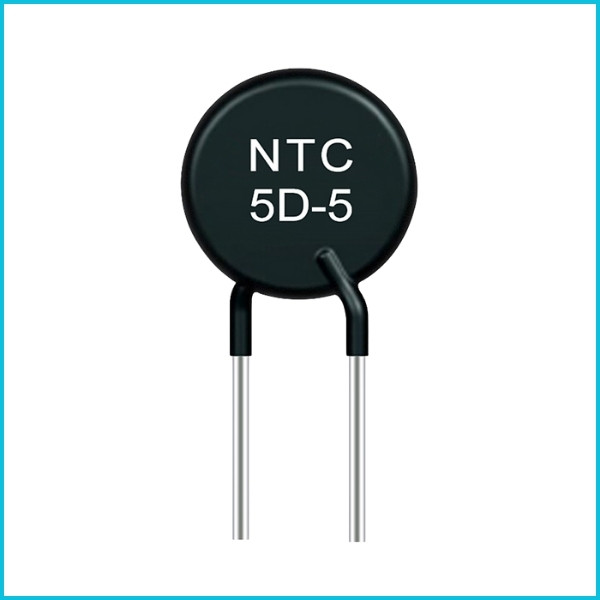
- How They Work: Use resistance changes in semiconductor materials to measure temperature.
- Applications: Thermostats, refrigerators, and HVAC systems.
- Advantages: Highly sensitive.
- Disadvantages: Limited temperature range.
4. Infrared Sensors
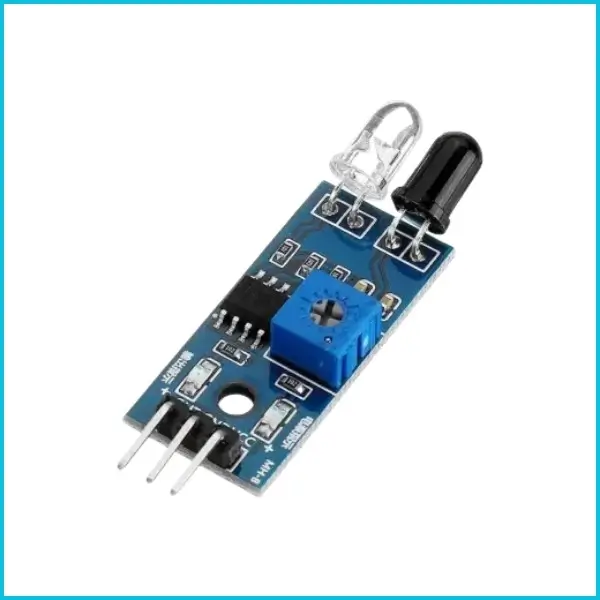
- How They Work: Measure thermal radiation to determine temperature.
- Applications: Non-contact applications like medical thermometers and industrial inspections.
- Advantages: Non-contact measurement.
- Disadvantages: Sensitive to surface emissivity.
5. Semiconductor Sensors
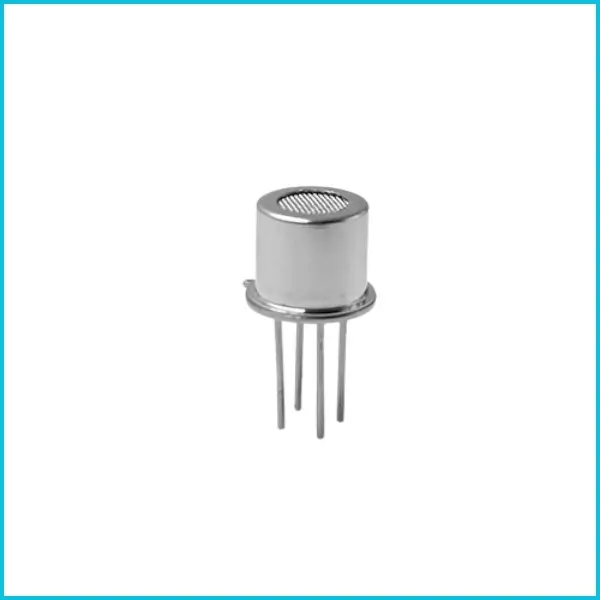
- How They Work: Detect temperature changes using silicon-based circuits.
- Applications: Mobile devices, wearables, and IoT devices.
- Advantages: Compact and energy-efficient.
- Disadvantages: Limited range.
Quick Comparison Table:
| Sensor Type | Temperature Range | Accuracy | Cost | Applications |
|---|---|---|---|---|
| Thermocouples | -200°C to 1750°C | Moderate | Low | Industrial ovens, furnaces, gas turbines |
| RTDs (Resistance) | -50°C to 500°C | High | High | Medical devices, industrial equipment |
| Thermistors | -50°C to 150°C | Very High | Moderate | HVAC systems, refrigerators, thermostats |
| Infrared Sensors | -70°C to 1000°C | Moderate to High | High | Medical thermometers, industrial uses |
| Semiconductor Sensors | -40°C to 125°C | Moderate | Low | Mobile devices, wearables, IoT devices |
Applications of Temperature Sensors
- Industrial Automation: Monitoring machines and processes to avoid overheating.
- Healthcare: Thermometers, incubators, and patient monitoring devices.
- Automotive Industry: Monitoring engine and exhaust temperatures.
- Food and Beverage: Ensuring proper storage and cooking temperatures.
- Home Automation: Smart thermostats for energy-efficient heating and cooling.
To learn about innovations in related fields, read our article on The Future of Pressure Sensors: Advancements and Applications.
Key Factors to Consider When Choosing a Temperature Sensor
- Accuracy: Ensure the sensor matches the precision needed for your application.
- Environment: Consider factors like heat, dust, and moisture.
- Cost: Balance cost against performance requirements.
- Maintenance: Factor in calibration needs and long-term reliability.
Pro Tips for Calibration and Maintenance
- Regular Calibration: Helps maintain sensor accuracy over time.
- Inspect Connections: Faulty connections can lead to erroneous readings.
- Avoid Overloading: Use sensors within their specified range to prolong life.
Latest Trends in Temperature Sensor Technology
- IoT Integration: Smart sensors that connect to cloud systems for real-time monitoring.
- AI and Predictive Maintenance: Using sensors to predict and prevent failures.
- Miniaturization: Compact designs for portable and wearable applications.
Conclusion
Temperature sensors are essential components in a wide range of industries, ensuring safety, efficiency, and precision. By understanding the various types, applications, and maintenance tips, you can make informed decisions about the best sensor for your needs.
Whether you’re integrating sensors into industrial equipment or a smart home system, staying updated with the latest trends like IoT and AI will ensure you remain ahead in leveraging this technology. Explore the possibilities and make your processes smarter and more efficient with temperature sensors.